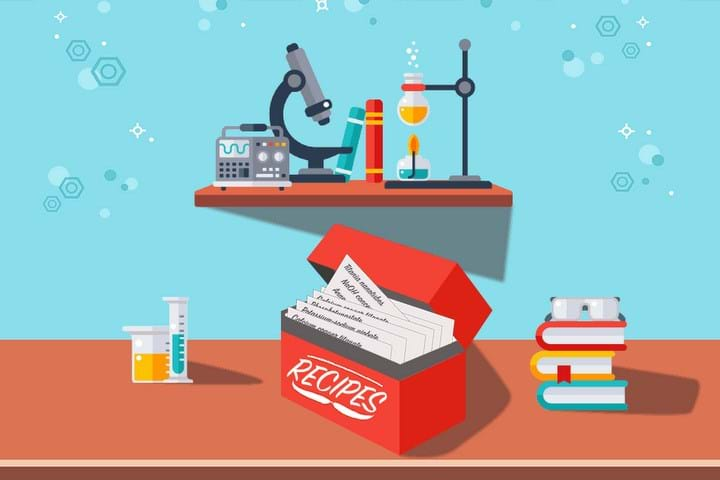Using AI to discover new processes
A MACHINE learning tool with the potential to search through millions of research papers to develop and refine processes has been described by researchers.
The US-based team hopes to create a database of methods extracted from millions of papers, where scientists and engineers could search by target material, precursor materials, reaction conditions and fabrication processes.

Materials research in the field of machine computational learning, a type of artificial intelligence (AI), has predominately focussed on developing tools to discover and design new materials. The tools automatically scan literature for new discoveries in fields such as energy storage, catalysis, and hydrogen storage. However, developing processes to produce the new materials is still done manually, and has presented a new bottleneck in development.
To help overcome this, US researchers from MIT, University of Massachusetts Amherst and University of California Berkeley have developed a methods-focussed AI system.
In tests, the system was capable of deducing which paragraphs in a paper contain methods with an accuracy of 99%, and classifying words according to their roles with an 86% accuracy. Such roles could include the names of target materials, numeric quantities, equipment, operating conditions, and descriptive adjectives.
The team also demonstrated that their system can infer general characteristics of classes or individual materials, such as the required range of synthesis temperatures, or the physical forms materials will take under different fabrication conditions.
The researchers achieved this by “training” their system by annotating 100 papers, from which the machine learning aspect would correlate to raw data. To expand this training set, they used Word2vec – an algorithm developed at Google –, which is capable of looking at the context in which annotated words occur in sentences. Instead of 100 papers, the researchers could thus train their system on around 640,000 papers.
The team hopes further work will improve the system’s accuracy, and is currently exploring a range of deep learning techniques with the goal of automatically devising recipes for materials not considered in the existing literature.
Chemistry of Materials: http://doi.org/cfxm
Recent Editions
Catch up on the latest news, views and jobs from The Chemical Engineer. Below are the four latest issues. View a wider selection of the archive from within the Magazine section of this site.




